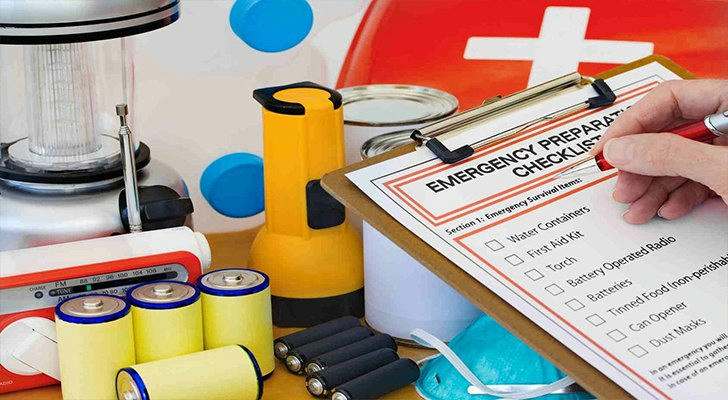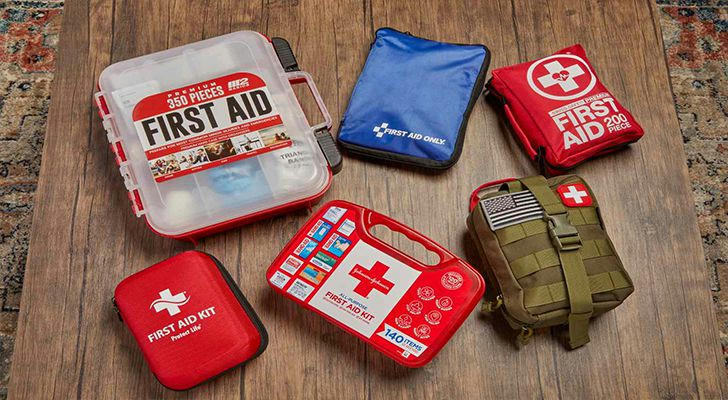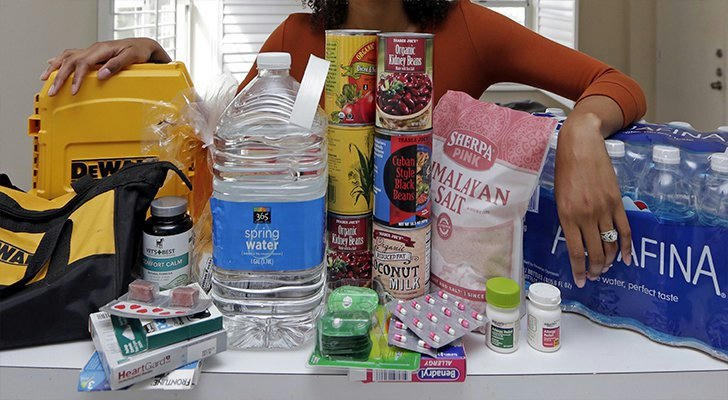10 Essential Supplies You Need to Survive Any Crisis
Emergencies and disasters can strike at any time, leaving little to no room for preparation. Whether it’s a natural disaster like a hurricane, earthquake, or flood, or unexpected events like a power outage or road closure, having the right supplies on hand can make a huge difference in keeping you and your family safe. This article provides a detailed guide on the 10 most essential supplies you should have to survive any crisis.

Water: The Foundation of Survival
Water is the most critical resource in any emergency. Experts recommend storing at least one gallon of water per person per day for drinking, cooking, and hygiene. It’s advisable to stock up enough water to last for a minimum of three days, though having supplies for a week is even better.
Additional Tips:
•Portable Water Filters: Include a compact water filter or purification tablets to clean contaminated water if your supply runs out.
•Storage Tips: Use food-grade water containers to prevent contamination and store them in a cool, dark place.
2. Non-Perishable Food
Food is essential for energy and health, especially during stressful situations. Stock up on non-perishable items that require little or no cooking, such as:
•Canned Goods: Soups, vegetables, beans, and meat.
•Dry Foods: Pasta, rice, cereals, and instant noodles.
•Snacks: Energy bars, granola bars, dried fruits, and nuts.
Additional Tips:
•Manual Can Opener: Keep a manual can opener in your kit to open canned food.
•Special Diets: Include food items suitable for children, the elderly, or those with dietary restrictions.
3. First Aid Kit: Be Ready for Injuries

A fully stocked first aid kit is vital for handling minor injuries and preventing infections. Include:
•Bandages, adhesive tape, and gauze.
•Antiseptic wipes and antibiotic ointments.
•Pain relievers like ibuprofen or acetaminophen.
•Tweezers, scissors, and disposable gloves.
•Prescription medications and spare eyeglasses, if needed.
Additional Tips:
•Personal Needs: Add items specific to your family’s health conditions, such as inhalers or EpiPens.
•Instruction Manual: Include a basic first aid guide for reference.
4. Flashlights and Extra Batteries
A reliable flashlight is indispensable during power outages or when navigating in the dark. Opt for durable, long-lasting LED flashlights and pack extra batteries.
Additional Tips:
•Headlamps: Consider headlamps to free up your hands for other tasks.
•Rechargeable Options: Solar-powered or hand-crank flashlights can be useful when batteries run out.
5. Multi-Tool or Pocket Knife
A versatile multi-tool or sturdy pocket knife can be used for numerous tasks, such as opening cans, cutting rope, repairing equipment, or even self-defense.
Additional Tips:
•Choose tools with multiple functions like screwdrivers, scissors, and pliers.
•Ensure it’s lightweight yet durable to handle tough conditions.
6. Portable Phone Charger
In emergencies, communication is key. A portable phone charger (power bank) ensures your devices stay powered, keeping you connected to loved ones and emergency services.
Additional Tips:
•High-Capacity Chargers: Choose chargers with enough power to charge your phone multiple times.
•Solar Chargers: Include a solar-powered charger for prolonged emergencies without electricity.
7. Warm Clothing and Blankets
Cold weather can pose a significant threat during a crisis. Pack warm clothing layers, including:
•Thermal underwear and waterproof jackets.
•Sturdy boots and socks.
•Thermal Blankets: Lightweight and compact, these are excellent for retaining body heat.
Additional Tips:
•Include rain gear to stay dry in wet conditions.
•Rotate clothing items seasonally to ensure they are appropriate for the weather.
8. Personal Hygiene Items
Maintaining hygiene during emergencies prevents illness and discomfort. Essential items include:
•Hand sanitizer and soap.
•Toothbrushes, toothpaste, and floss.
•Baby wipes or moist towelettes for quick cleaning.
•Feminine hygiene products.
•Trash bags for waste disposal.
Additional Tips:
•Consider biodegradable soap for outdoor use.
•Include toilet paper and portable toilet options if needed.
9. Emergency Radio
Staying informed is critical during a disaster. A battery-powered or hand-crank emergency radio allows you to receive updates on weather, evacuation orders, or safety information.
Additional Tips:
•Choose radios with NOAA weather channels for real-time updates.
•Some models come with built-in flashlights and USB ports for charging devices.
10. Important Documents
Emergencies often require quick access to personal records. Keep copies of essential documents in a waterproof and fireproof pouch. Include:
•Personal identification (driver’s licenses, passports).
•Insurance policies (home, health, auto).
•Medical records and prescriptions.
•Emergency contact information.
Additional Tips:
•Store these documents on a secure USB drive as a backup.
•Regularly update the information to keep it current.
Bonus Items to Enhance Your Kit

In addition to the essentials, you may want to include:
•Cash: Small bills in case ATMs or card machines are unavailable.
•Local Maps: Helpful if GPS services are down.
•Whistle: To signal for help if needed.
•Duct Tape: Useful for quick fixes and sealing openings.
How to Store Your Emergency Kit
1.Use a Durable Container: A waterproof and portable container works best.
2.Keep It Accessible: Store your kit in a location that’s easy to grab during an evacuation.
3.Inspect Regularly: Check and update your supplies every 6–12 months to replace expired items.
Conclusion
Emergencies can be overwhelming, but being prepared ensures you can face them with confidence. Start building your emergency supply kit today using this checklist, and customize it to meet your family’s unique needs.
Preparation isn’t just about survival—it’s about peace of mind. With these 10 essential supplies, you can stay safe, secure, and ready for whatever comes your way.
